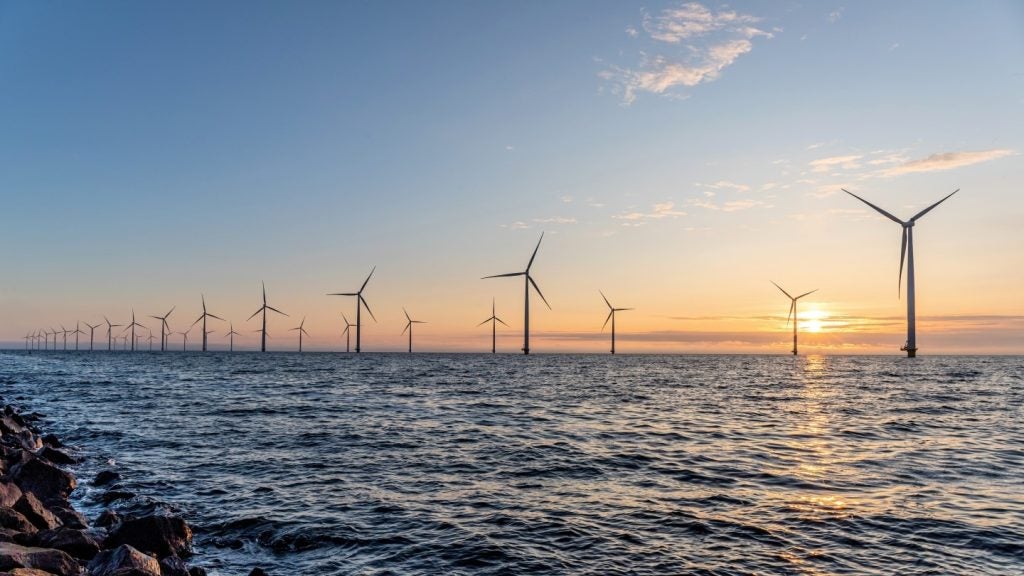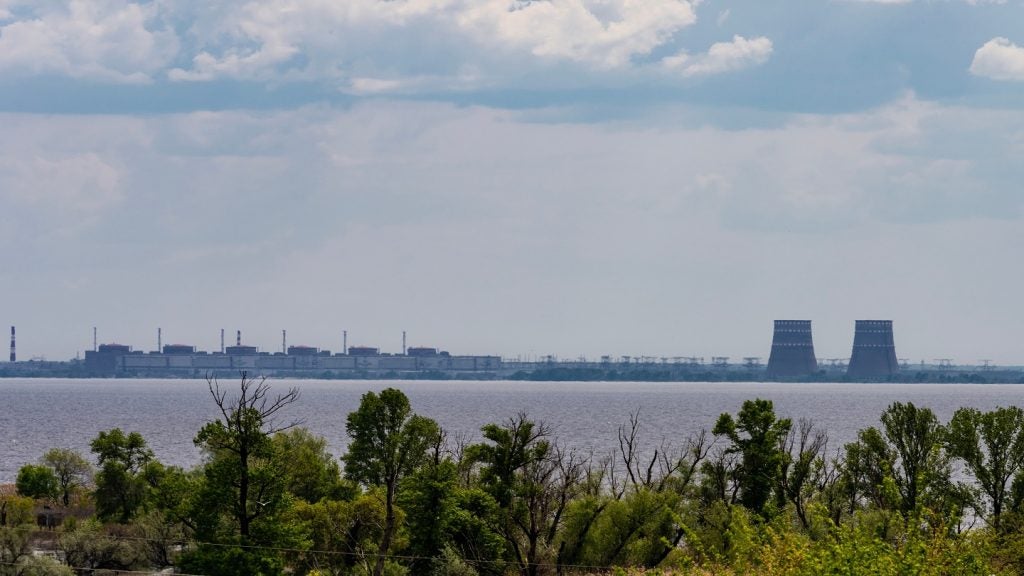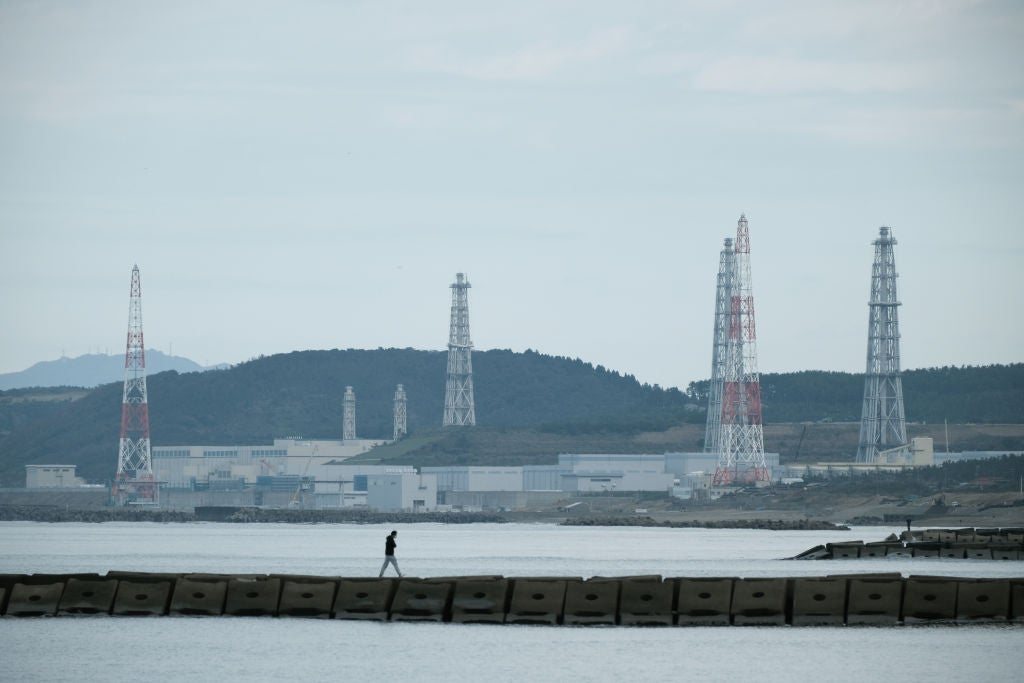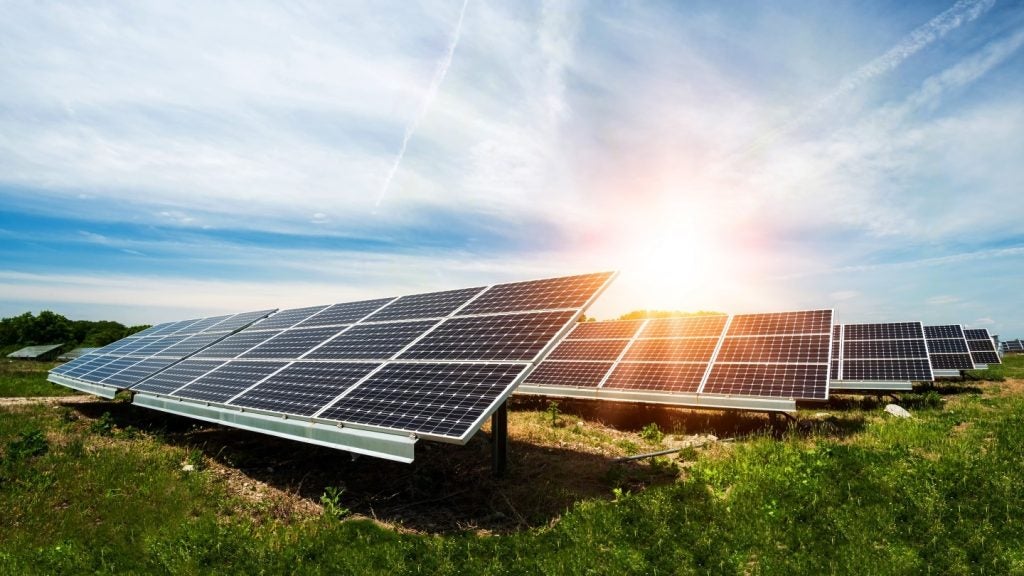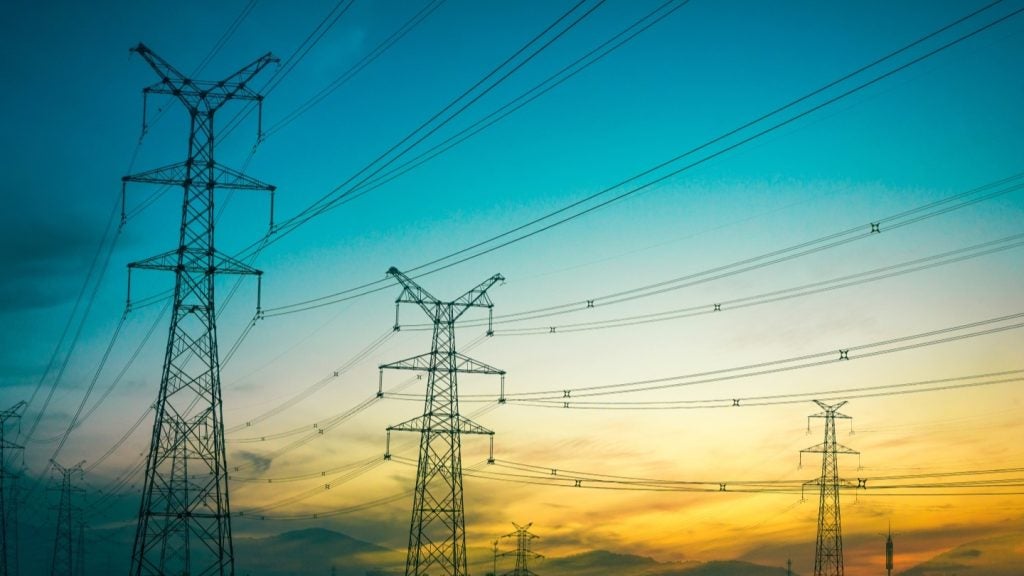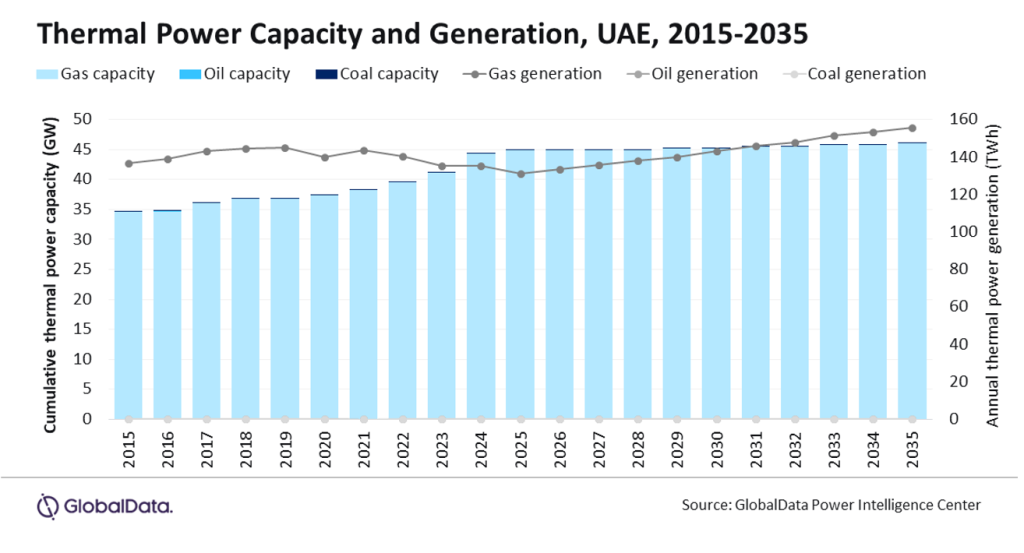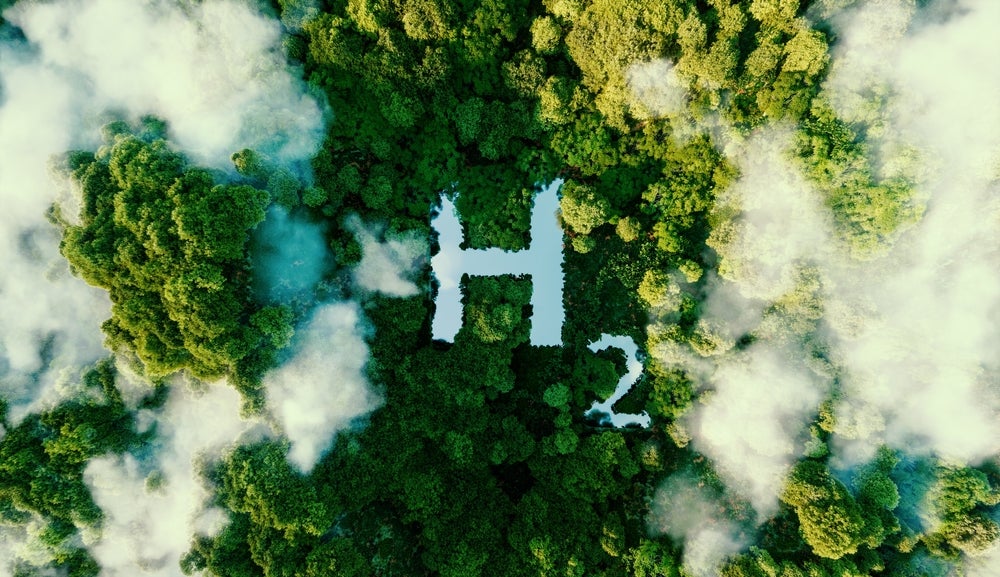Codling Wind Park, a 1.3GW offshore wind project in Ireland, has appointed Denmark-based engineering consultancy COWI for its foundation design.
The company will handle the FEED and detailed design of the wind turbine generator foundations and offshore substation foundations.
The collaboration will leverage COWI's engineering expertise and its substantial experience in offshore wind development.
Codling Wind Park director for engineering, procurement, construction and installation Anthony Michelin stated: “We are pleased to be working with COWI on the foundation design. Following on from our successful site investigation campaign last summer, this is another key milestone in our progress towards project delivery.
“We look forward to collaborating with COWI to mature the foundation design in support of our ongoing Tier 1 tendering, and beyond to FID [final investment decision].”
“This contract builds on the work that COWI has already been providing for Codling on the onshore Civil Engineering works and builds on the strong working relationship between Codling and COWI.”
COWI UK senior market director Damian McGirr stated: “We welcome the opportunity to work on this fantastic wind farm project and collaborate with partners Codling Wind Park.
“We are extremely proud to be part of the green transition and support the Irish market in meeting their 2030 targets through the generation of renewable energy.”
The project, with an estimated capacity of 1.3GW, will be located in the Irish Sea, south-east of Dublin, between 13km and 22km offshore Greystones and Wicklow Town.
It is being developed as a joint venture, equally owned by EDF Renewables and Fred Olsen Seawind.
The project will power one million Irish homes with renewable electricity, while reducing carbon emissions by an estimated 1.7 million tonnes annually.
In 2022, Codling Wind Park secured its grid connection deal, and was successful in the country’s first Offshore Renewable Energy Support Scheme in 2023.
In April 2024, its developers reduced the number of turbines for the wind farm by 25% from 100 to between 60 and 75.
The reduction was due to technological advancements and a more comprehensive understanding of the site.


